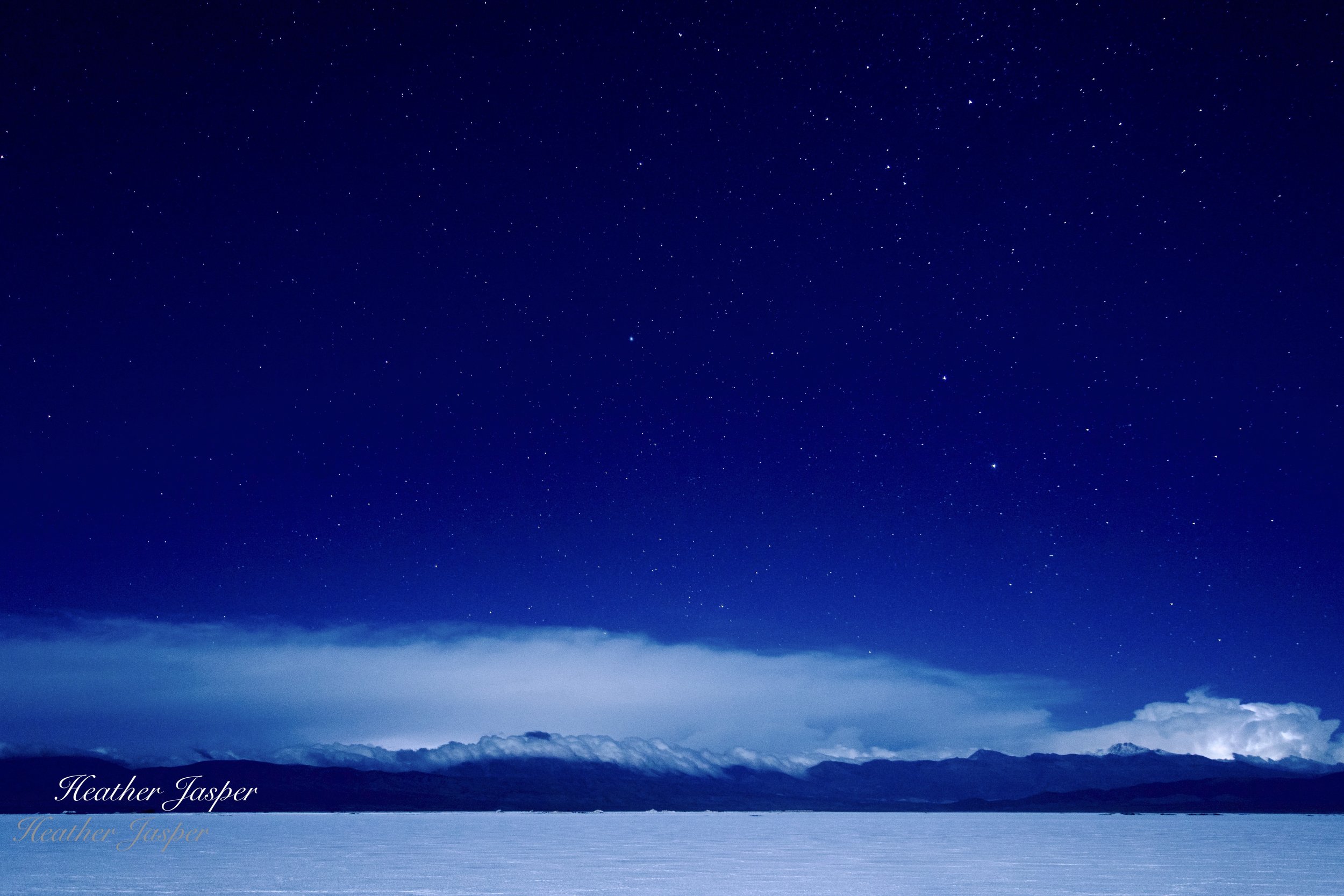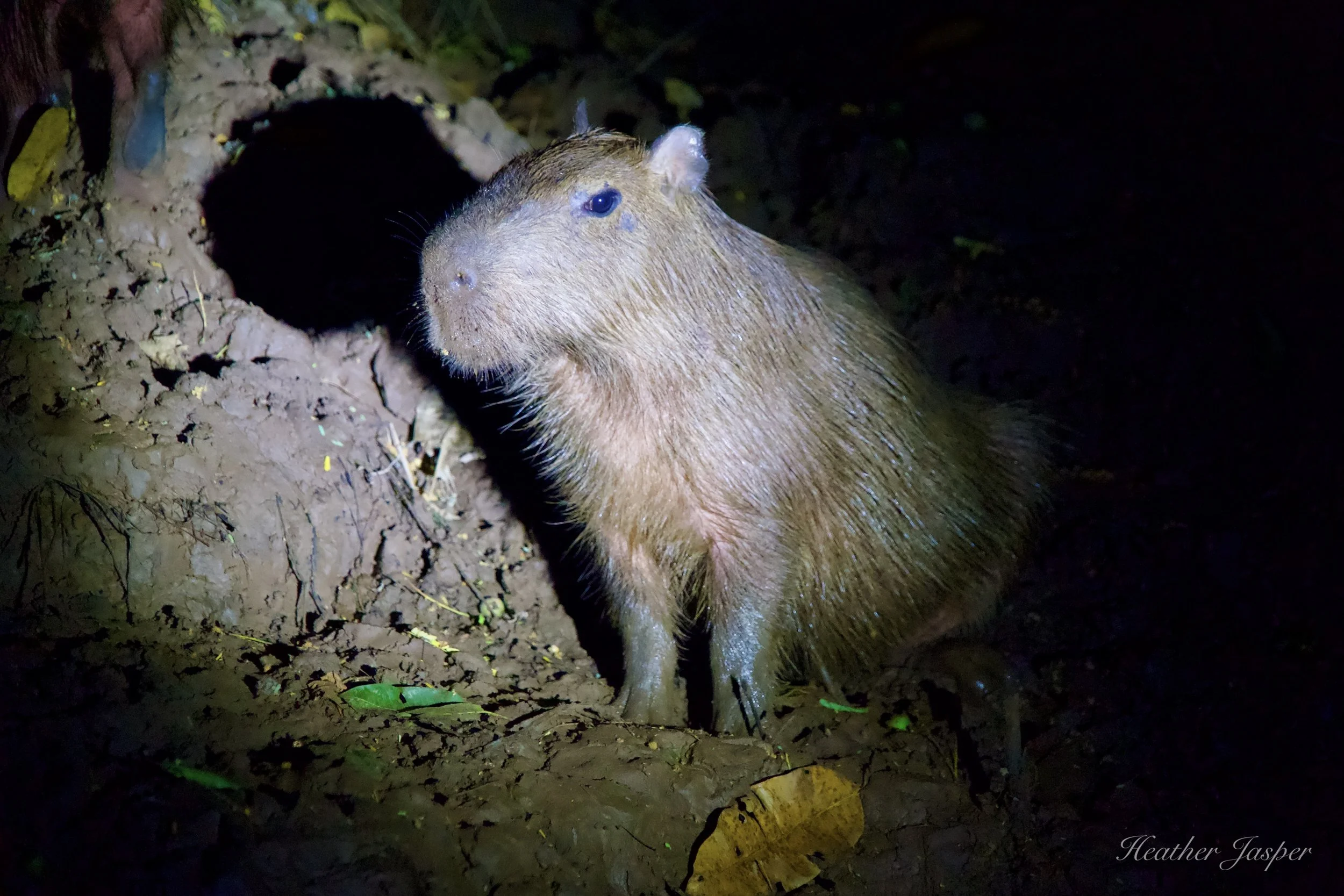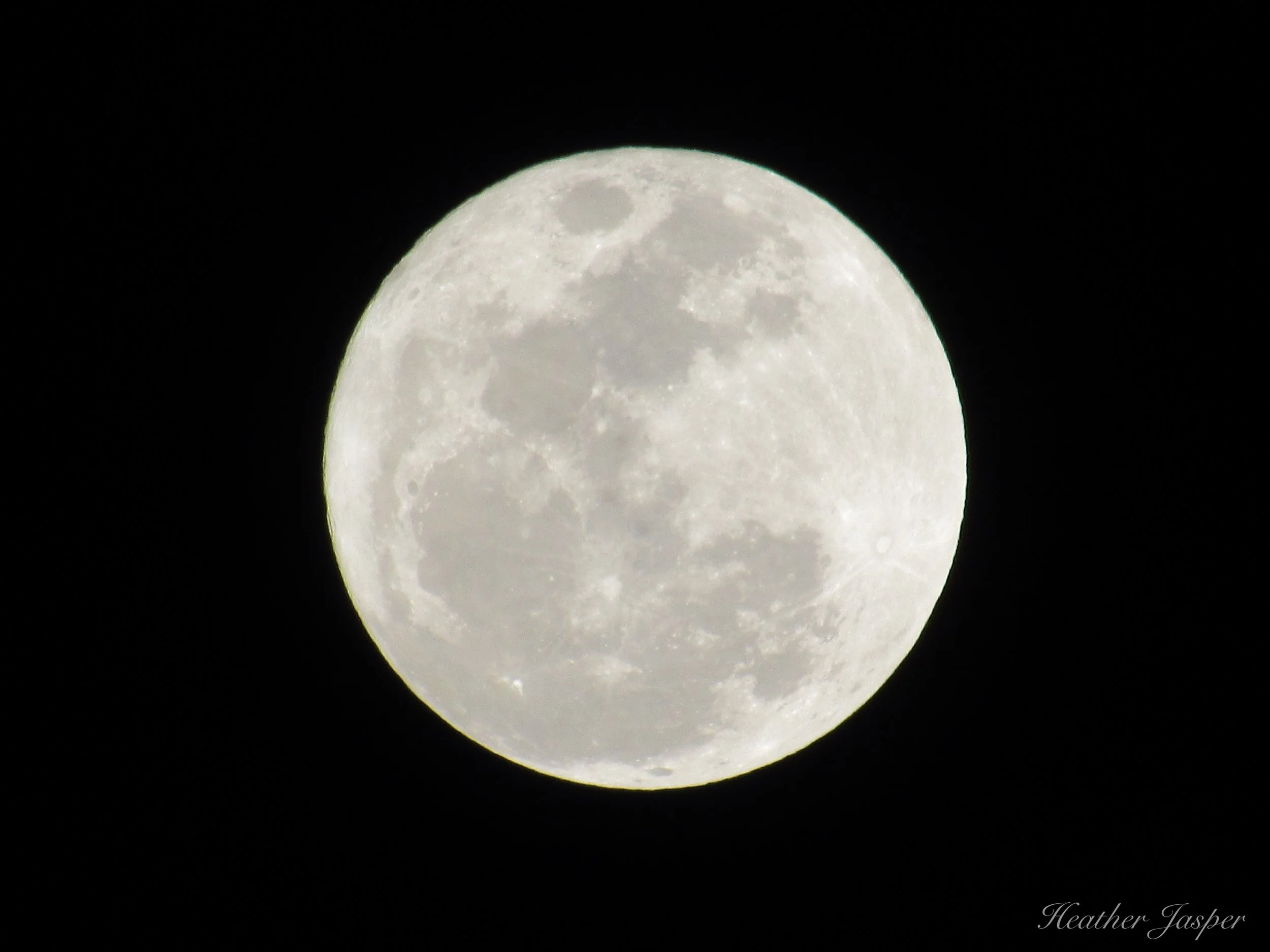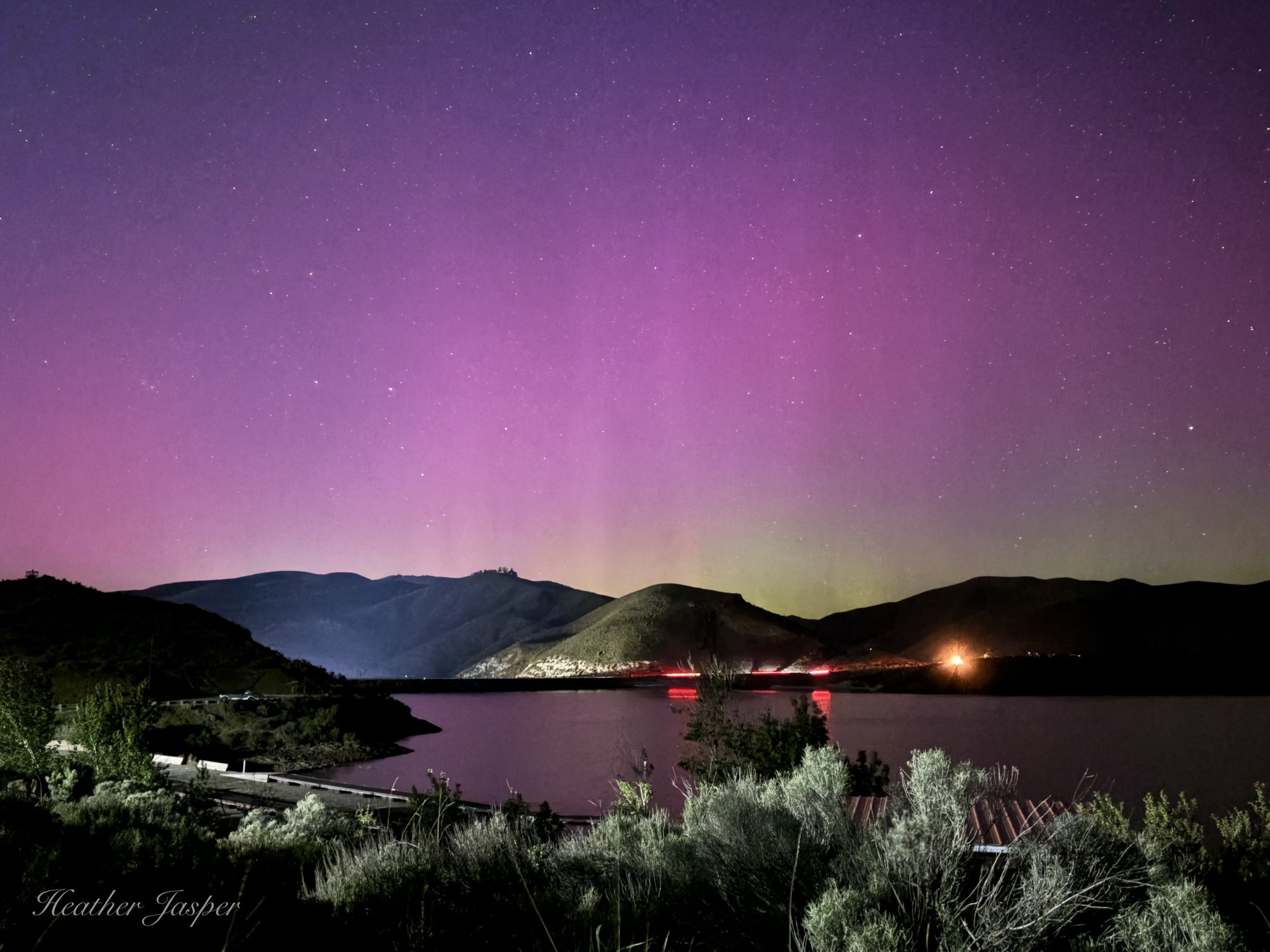Travel Tip 125
Noctourism for 2026
I caught this lightening storm in the mountains south of the Salinas Grandes salt flats in northern Argentina.
A couple weeks ago I gave you a heads up for some important events in 2026 you should plan trips around and today we’re digging into noctourism for 2026.
By mid-November I expect you have your Thanksgiving and Christmas/NYE plans set, so it’s time to start looking ahead to 2026! If you’re into solar eclipses, scroll down to the bottom.
What is noctourism?
Noctourism is travel for all the wonderful things you can see after the sun goes down: stars, moon, wildlife and city nightlife. It’s a huge tent that includes everything from meteor showers and the northern lights to nocturnal monkeys and capybaras to raves and night markets.
I saw this capybara on the shores of the Tambopata River, a Peruvian tributary of the Amazon.
Where to go for noctourism?
Most noctourism is centered on big cities or as far as you can get from human habitation. Big cities have the kind of night life that brings music and night markets. Getting away from humans and their light pollution gives you better views of the night sky. Also, the farther you are away from cities and towns, the more wildlife you’re likely to see at night.
When are the main night sky noctourism events in 2026?
We’re at the peak of the sun’s magnetic cycle, so the northern lights will be especially impressive in late 2025 and the first few months of 2026. Pay attention to local news reports of the northern lights in your area.
There are so many events in 2026 that in this newsletter I’m just focusing on noctourism for the night sky: the moon, stars, planets and meteor showers. And even narrowing it down that much, this is only about half of the notable events – the half that I think is more interesting or easier to see.
I photographed this supermoon in 2020, from the rooftop of the house where I was in quarantine in Cusco.
January 3: Supermoon
The first full moon of the year is a supermoon, when the moon is closer to Earth than usual and appears bigger and brighter. (Spoiler, there are two more supermoons in 2026).
January 10: Jupiter at Opposition
Jupiter will be as close to Earth as it gets, fully illuminated by the sun and visible all night.
February 19: Mercury at Eastern Elongation
Look for Mercury low in the western sky just after sunset, when it will be at its highest point above the horizon.
March 3: Total Lunar Eclipse
This eclipse will be visible from almost everywhere in the Americas, Asia and Australia. If you’re in Europe or Africa, this is a great time to travel because it’s not the main tourist season anywhere in the Americas or Asia and prices for flights and hotels will be low.
April 22-23: Lyrids Meteor Shower
This is one of the year’s most impressive meteor showers and some meteors will have dust trails visible for several minutes in the sky. It’s also close enough to the April 17 new moon that moonlight won’t interrupt your view of meteors.
May 1 & 31: Full Moons
May gets a Blue Moon this year, meaning it gets two full moons in the same month. This happens so rarely that it gave rise to the expression “once in a blue moon.”
August 12-13: Perseids Meteor Shower
This is one of the best meteor showers of the year with around 60 meteors per hour at its peak. It runs from July 17 to August 24 but the peak this year will be August 12-13.
August 28: Partial Lunar Eclipse
This will be visible throughout the Americas, Europe and Africa. Part of the moon will be dark as it moves through earth’s shadow.
September 25: Neptune at Opposition
Neptune will be the closest to earth, visible all night and fully illuminated by the sun. However, it’s still really far away and in most telescopes will only be a tiny blue dot. If you only plan one trip to a professional telescope that allows visits from the public, this is when you should schedule that trip.
The first time I saw the Northern Lights was at Lucky Peak Reservoir, in Boise, Idaho.
October 4: Saturn at Opposition
Even average telescopes, and perhaps some high-powered binoculars, will pick up Saturn this night. High powered telescopes will show its rings and moons. It will be brighter than any other time of year and visible all night long.
November 24: Supermoon
This is the second of the year’s three supermoons, when the moon is closer to the earth than usual and appears larger and brighter. This full moon will be visible in the afternoon sky and early evening.
December 23: Supermoon
The year’s final supermoon and last major celestial event of the year.
Bonus: Solar Eclipses
This is the opposite of noctourism, but still something you should plan for now if you want to see it. On August 12, 2026, there will be a total solar eclipse visible from some areas of Spain, Iceland, Greenland, the North Atlantic and the Arctic Sea. It will be visible more from sea than from land, so many people are already booking eclipse cruises. On February 17, there will be an annular eclipse visible from some fairly inaccessible areas of Antarctica, south of western Australia but it’s obviously not garnering as much enthusiasm.
Santa Catalina is a photographer’s dream come true.
New Blog
Monasterio de Santa Catalina, Arequipa
Last week I went back to the Santa Catalina convent founded in 1579 in Arequipa, in southern Peru. I think it’s the most photogenic place in all of Peru, beating even Machu Picchu for postcard-perfection. It’s also a great place for noctourism as it’s open late every Tuesday and Wednesday so you can see it lit by candles and antique oil lamps, as it was for centuries. I think birds are prettier, but they take some skill to photograph and anybody with any kind of camera or phone can get stunning photos of Santa Catalina.






